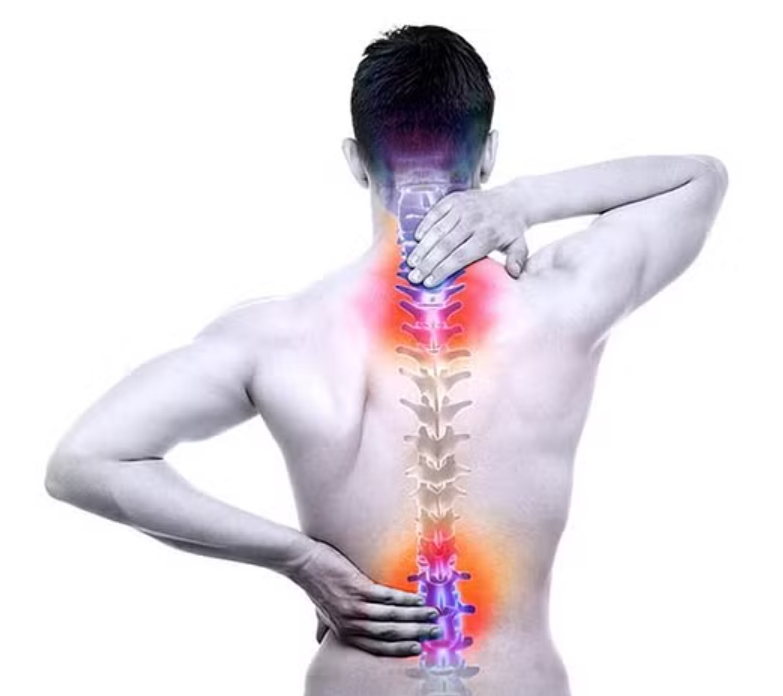Spinal stenosis is a condition that can significantly affect your quality of life, causing pain, numbness, and difficulty with movement. For those living in New York, the options for spinal stenosis treatment are both advanced and diverse, offering hope for relief and a return to normal activities. This article delves into the specifics of spinal stenosis, its symptoms, and the state-of-the-art surgical and non-surgical treatments available in New York City.
Understanding Spinal Stenosis
Spinal stenosis is a medical condition characterized by the narrowing of the spinal canal, which can lead to compression of the spinal cord and nerve roots, causing a range of symptoms that can significantly impact an individual’s quality of life. This condition can occur at any level of the spine, but it is most commonly found in the cervical (neck) and lumbar (lower back) regions. The narrowing may result from various factors, including age-related changes, herniated discs, bone spurs, thickened ligaments, and arthritis, all of which contribute to the gradual degeneration of spinal structures. As the spinal canal constricts, individuals may experience symptoms such as pain, numbness, tingling, and weakness in the extremities. In severe cases, spinal stenosis can lead to more debilitating conditions like difficulty walking, loss of bladder or bowel control, and even paralysis. Diagnosis typically involves a combination of physical examinations, medical history assessments, and imaging studies like MRI or CT scans that provide detailed information about the spine’s anatomy. Treatment options can vary widely, from conservative approaches such as physical therapy, pain management, and lifestyle modifications to more invasive procedures like spinal injections or surgery aimed at decompressing the affected areas. Understanding spinal stenosis is crucial, as early diagnosis and appropriate intervention can help manage symptoms effectively, improve mobility, and enhance overall well-being, allowing individuals to maintain an active lifestyle despite the challenges posed by this condition. Continual research and advancements in medical technology are also paving the way for improved therapeutic strategies, offering hope to those affected by spinal stenosis in managing their symptoms and restoring their functional independence.
Symptoms of Spinal Stenosis may include:
- Pain: Often felt in the lower back or neck, pain can radiate to the legs, arms, or shoulders.
- Numbness and Tingling: These sensations are common in the extremities, especially after prolonged periods of standing or walking.
- Weakness: Muscle weakness can occur in the legs or arms, affecting your ability to perform everyday tasks.
- Difficulty Walking: Some individuals may develop a noticeable limp or struggle with balance.
Non-Surgical Treatments for Spinal Stenosis
For many patients, non-surgical treatments can provide significant relief from the symptoms of spinal stenosis. These treatments are often the first line of defense and may include:
- Physical Therapy: A tailored exercise program can help strengthen the muscles around the spine, improving flexibility and reducing pressure on the spinal nerves.
- Medications: Non-steroidal anti-inflammatory drugs (NSAIDs) or muscle relaxants can help manage pain and inflammation. In some cases, corticosteroid injections are used to reduce inflammation and provide temporary relief.
- Epidural Steroid Injections: These injections deliver steroids directly into the space around the spinal nerves, reducing inflammation and pain.
- Chiropractic Care: Some patients find relief through chiropractic adjustments, which can help realign the spine and reduce nerve pressure.
- Acupuncture: This ancient practice can be beneficial for managing pain and improving circulation, potentially easing spinal stenosis symptoms.
When is Surgery Necessary?
While non-surgical treatments can be effective for many, there are instances where surgery becomes necessary. Surgery is typically considered when:
- Non-surgical treatments have failed to provide relief.
- Symptoms are progressively worsening, particularly if they include severe pain, weakness, or loss of bowel or bladder control.
- The patient’s quality of life is significantly affected.
Spinal Stenosis Surgery in New York
New York City is home to some of the leading spine specialists and surgical facilities in the world. When it comes to spinal stenosis surgery, patients have access to the latest advancements in minimally invasive techniques, which offer numerous benefits over traditional open surgery.
- Decompressive Laminectomy: This is the most common surgical procedure for spinal stenosis. It involves removing a portion of the vertebra (the lamina) to create more space for the spinal nerves. This procedure can be performed using minimally invasive techniques, which reduce recovery time and minimize scarring.
- Spinal Fusion: In cases where spinal stability is a concern, spinal fusion may be performed alongside a laminectomy. This procedure involves joining two or more vertebrae together to stabilize the spine.
- Foraminotomy: This procedure involves enlarging the foramen, the passageway where the nerve roots exit the spine, to relieve nerve pressure.
- Interspinous Process Devices: These are small devices implanted between the vertebrae to keep the spine stable and reduce pressure on the nerves.
Why Choose Awake Spinal Fusion?
At Awake Spinal Fusion in New York, we are committed to providing our patients with the highest standard of care. Our team of expert spine surgeons utilizes the latest minimally invasive techniques, ensuring that our patients experience reduced pain, shorter hospital stays, and quicker recoveries.
We understand that each patient’s needs are unique, which is why we offer personalized treatment plans designed to address your specific condition and lifestyle. From the initial consultation through to post-operative care, we are with you every step of the way, ensuring that you receive the best possible outcome.
Conclusion
Spinal stenosis can be a debilitating condition, but with the advanced treatments available in New York, there is hope for relief. Whether through non-surgical therapies or minimally invasive surgery, patients can find a solution that allows them to return to their daily lives with reduced pain and improved mobility. At Awake Spinal Fusion, we are dedicated to helping you achieve that goal. If you’re struggling with spinal stenosis, don’t hesitate to reach out and explore the treatment options available to you.







